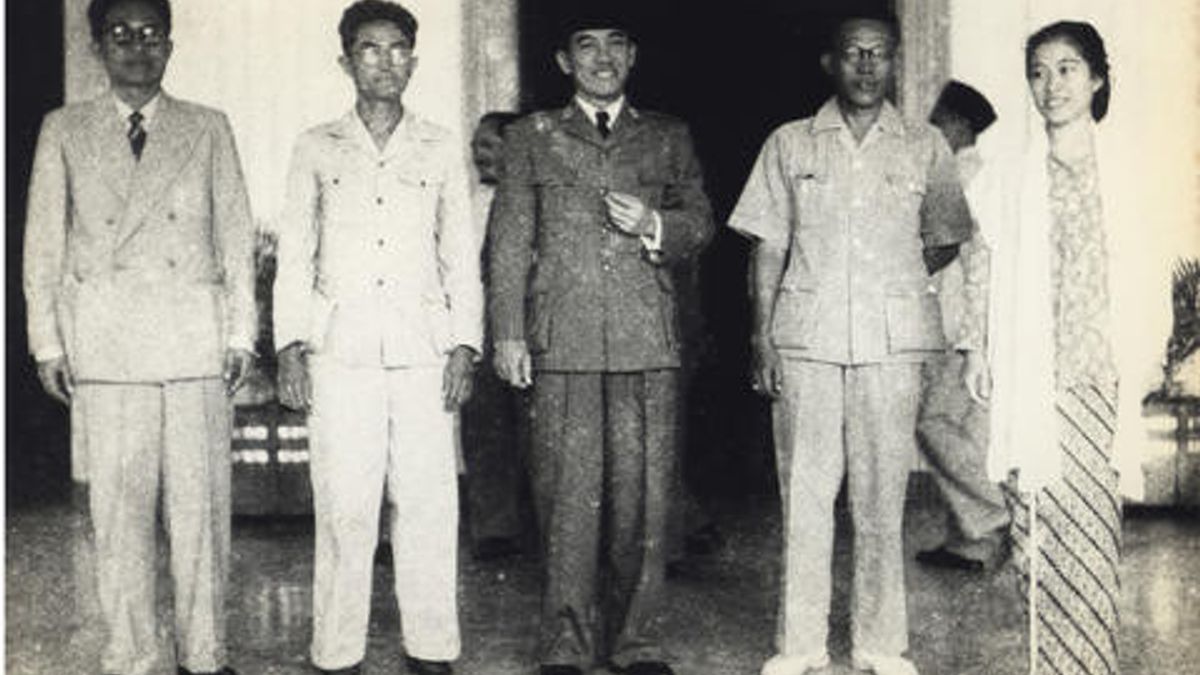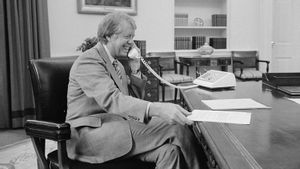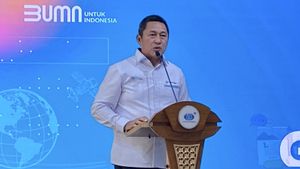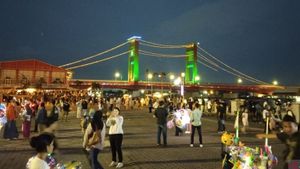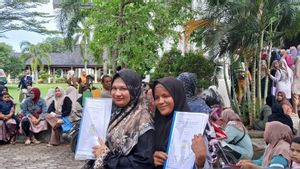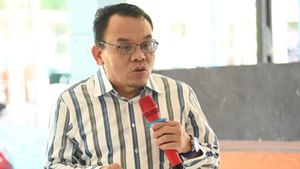JAKARTA – One of the most important events in today's history, July 13, 1949, in Indonesia was the dissolution of the Emergency Government of the Republic of Indonesia (PDRI) led by Sjafruddin Prawiranegara. Government power was returned to President Soekarno and Vice President Mohammad Hatta.
PDRI is the organizer of the Government of the Republic of Indonesia, based in Bukittinggi on December 22, 1948. This provisional government, known as the Emergency Cabinet, was formed as a measure to anticipate the Dutch Aggression II which caused the fall of Yogyakarta, which was the capital of Indonesia at that time.
The fall of Yogyakarta was marked by the arrests of President Soekarno and Vice President Mohammad Hatta on December 19, 1948. The Dutch repeatedly carried propaganda that the Republic of Indonesia had dissolved. Republican leaders such as Soekarno, Hatta, and Sutan Sjahrir are said to have surrendered and been arrested.
Sjafruddin, who together with Hatta had thought about the formation of an emergency government, transferred the headquarters to Bukittinggi in November 1948. Indonesia had prepared two possibilities for an emergency government.
Apart from being in Bukittinggi under the leadership of Sjafruddin, another in New Delhi, India under the leadership of Alexander Andries Maramis. In the end, it was the PDRI in Bukittinggi that was running, even though at that time there was no official order from President Soekarno.

As quoted from the book Rebellion to Integration: West Sumatra and the Indonesian Polity 1926-1998, on December 22, 1948 Sjafruddin announced PDRI. Within the structure of the PDRI, Sjafruddin is the Chairman and Minister of Defence, Minister of Information, and Minister of Foreign Affairs. Sjafruddin did not call himself "president" but "chairman", because he had not yet received a mandate from President Soekarno.
“The Dutch attacked on Sunday, the day the Christians used to worship God. They suggest that soon they will celebrate the Christmas Day of Isa AS, a day of holy and peace for Christians. Precisely because of all that, especially the actions of the Dutch who admit themselves to be Christians, show more clearly and clearly the nature and character of the Dutch people: cunning, cheating, and cruelty," said Sjafruddin in his speech.
Sjafruddin also called for the armed struggle to continue.
"To the entire Indonesian Armed Forces, we call out: Fight, fight the Dutch anywhere and with anything they can be exterminated. Don't put down your weapon, stop shooting if we don't have an order yet. Keep this in mind to avoid the enemy's tricks," said Sjafruddin in the speech.
The existence of the PDRI under the leadership of Sjafruddin gave Indonesia a centralized leadership capable of organizing armed resistance in guerrilla warfare in Java and Sumatra. PDRI also communicated with Indonesian diplomats who served at the United Nations under the leadership of Mohammad Roem, for diplomacy to gain stronger support from the international community.
The Dutch Position Is UrgentArmed resistance in various corners of Java and Sumatra as well as international diplomacy, pushed the Dutch position. The Dutch aggression II was condemned by the international community. The Dutch troops were not able to fully control the situation. These conditions made the Netherlands finally willing to come to the negotiating table.
The negotiations which began in Jakarta on April 17-7 May 1949 finally resulted in the Roem-Roijen Agreement. Indonesia was represented by Mohammad Roem, while the Netherlands was represented by Foreign Minister Jan Herman van Roijen.
The tough Roem-Roijen agreement essentially resulted in a peace agreement and a ceasefire. The Indonesian side stopped the guerrilla war, and was willing to go to the Round Table Conference (KMB) in The Hague on August 23-November 2, 1949 to immediately surrender full sovereignty to the United States of Indonesia without conditions.

Meanwhile the Dutch also had to stop military aggression and free political prisoners, returning Yogyakarta to Indonesia. The Netherlands was also asked not to establish fractional states in the territory of the United States of Indonesia before 19 December 1949, to encourage the implementation of the KMB, and to recognize the Republic of Indonesia as part of the United States of Indonesia.
The Roem-Roijen agreement was realized with the release of Soekarno and Hatta on July 6, 1949. They returned to Yogyakarta from exile in Bangka. Sjafruddin Prawiranegara again returned the position of President of Indonesia to Soekarno, and officially ended the existence of the PDRI. The dissolution of the Emergency Government of the Republic of Indonesia (PDRI) is an important historical record today, July 13, 1949.
The English, Chinese, Japanese, Arabic, and French versions are automatically generated by the AI. So there may still be inaccuracies in translating, please always see Indonesian as our main language. (system supported by DigitalSiber.id)
